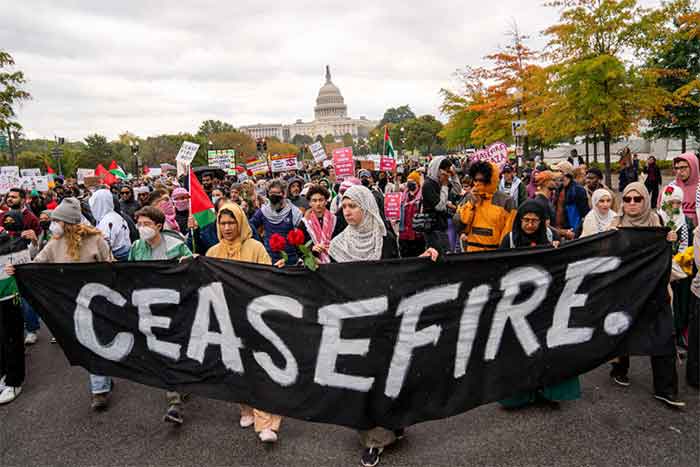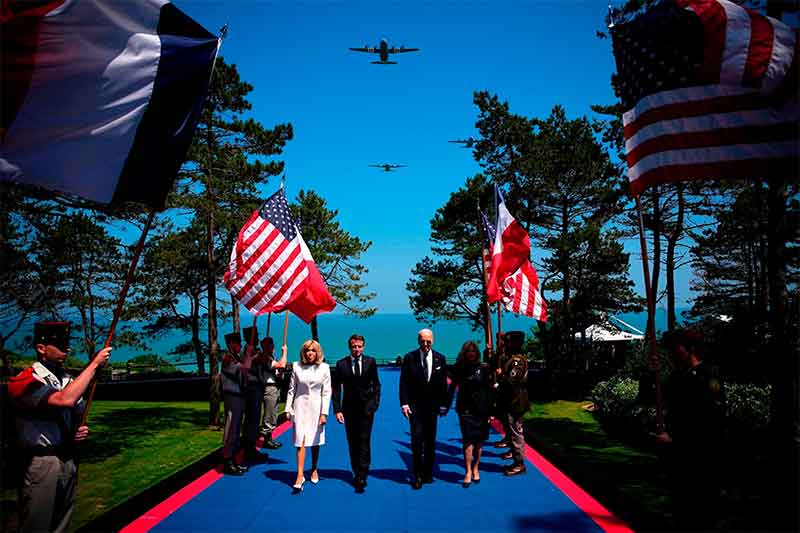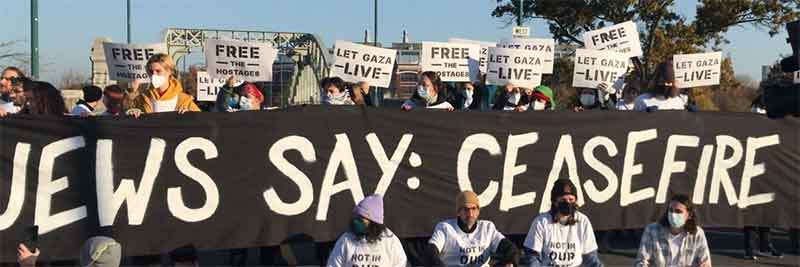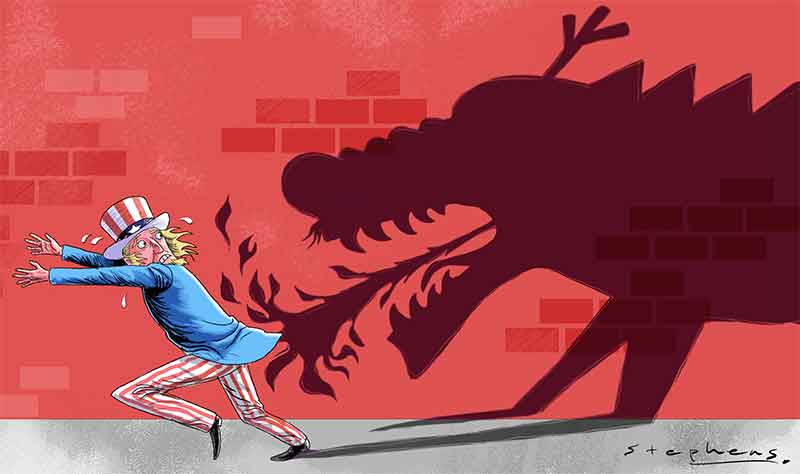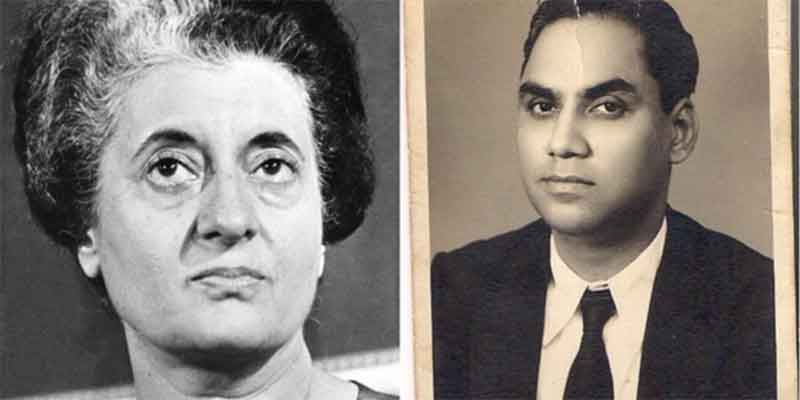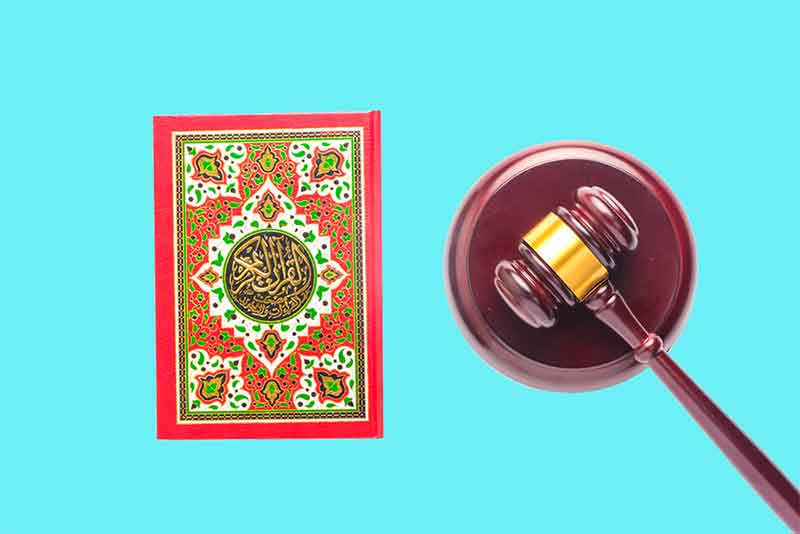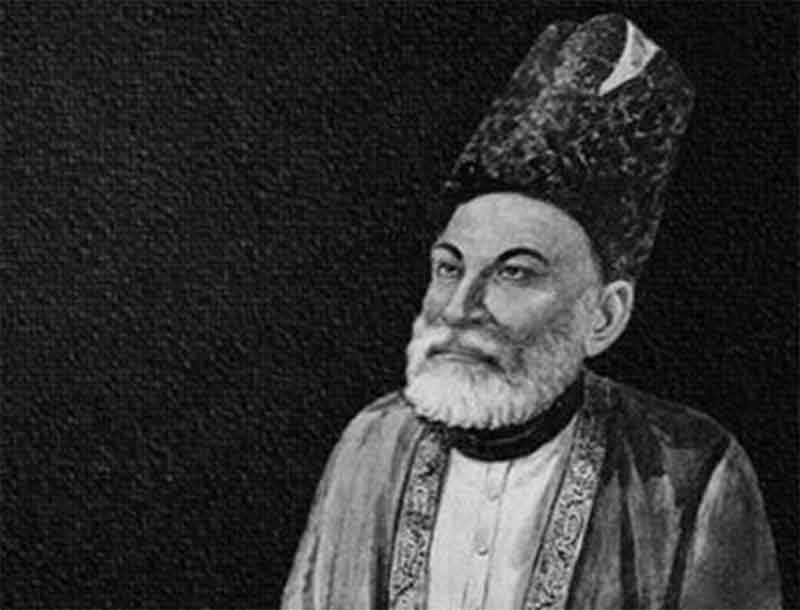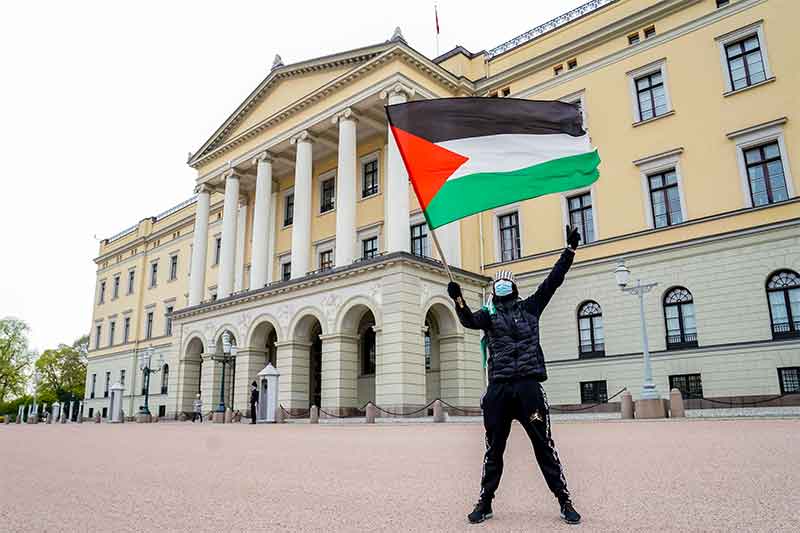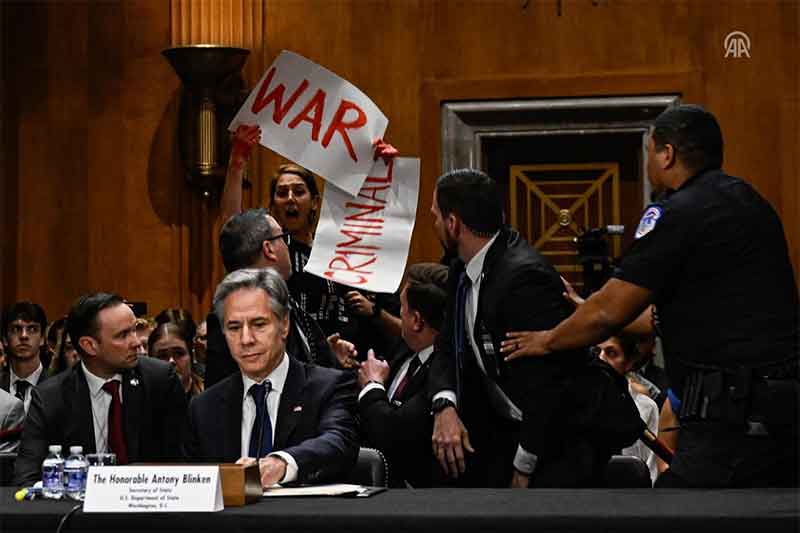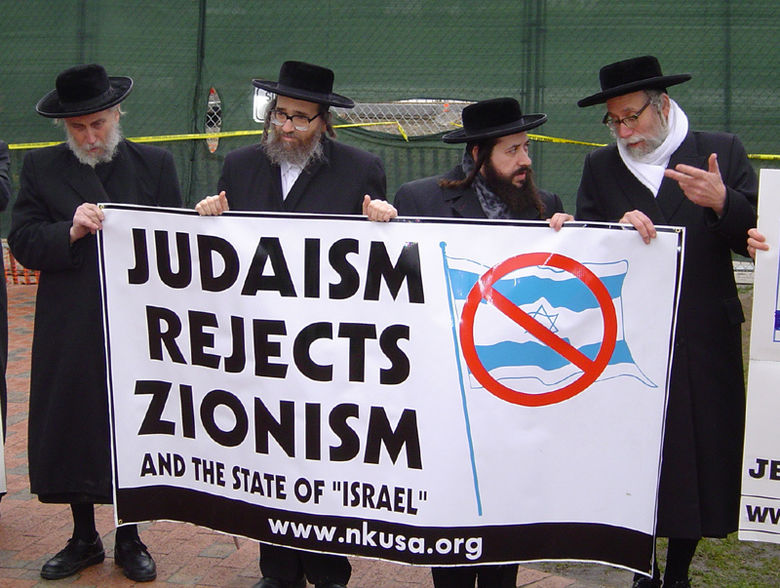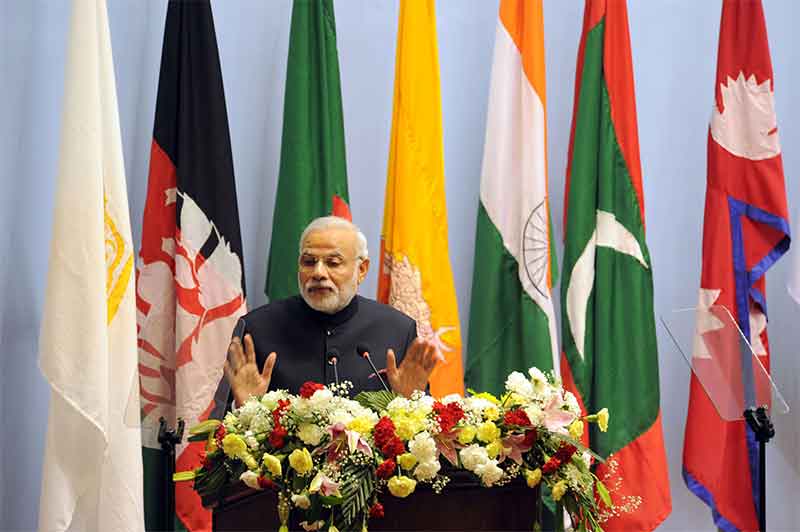
Orientation
Mythology and folklore can be used for political and religious purposes whether they be to support socialism or fascism. What was going on at the end of the 19th century politically and in the 1930s that made mythology so attractive to both German and French fascists? Why did the imagined gods of the Indo-Europeans change from how they were conceived in the 19th century? Why was their geographical location changed from India to Germany? The Indo-Europeans of the 19th century were considered monotheists. But in the 20th century they became polytheists or even animists. Why was this? Why does the study of Indo-Europeans persist even after the Nazis used the search for the Indo European for such horrible ends? What can be done to minimize the chances of the study of comparative mythology being used for political and religious purposes? Its gods are different and the places they were said to inhabit change.
I Aryanization Project of the 20th century: Order Theorists vs Barbarophiles
Order Theory
Theorists of order was built out of late 19th century scholarship. It was an attempt by the bourgeoisie to shore up their private property, the sanctity of the family and the authority of the father in the face of:
- the rise of a militant worker unions, social democrats, anarchists, and communists;
- the economic instability of capitalism with panics and depressions;
- the rise of the women’s movement;
- the challenging of a deterministic view of science and
- artistic movements which challenged representation.
It used research on Aryans to defend its existing order by promoting a pessimistic, romantic cultural appeal of the virtues of organic society. At least in their origins, Indo-Germans were seen as proud pagans. Arvidsson says Indo-Germans do not pray bending over and kneeling, but rather standing and stretching their hands toward the sky. Also, the gods were in the world, not transcendent to it. Because the gods are immanent, there is no separation between the supernatural world beyond and the natural world we know. Neither was there a distinction between appearances and reality. Appearances were not epiphenomenon or illusions. What appeared is what reality was. Aryans were imagined as passive provincial—farmers rooted in the landscape and distinguished by their love or life and nature. Because there was no gap between the natural and supernational world there were no bridges (saviors) necessary to get from this world to the next.
However, order theorists are not primitivists. Their interest in the Aryans is to see them as a beacon of light arising from the darkness of tribal groups. The dark forces of nature are exiled to pre-Aryan times. The Aryans had reverence for the sun in its struggle against darkness. For all Indo-Europeans, the sun is the highest good. Myths about the victory of the sun are the founding matrix for the worldview and life of IE. Arvidsson suggests the sun was imagined by the bourgeoisie as behind the order theorists acting as a cosmic constable who could strike down the chaotic beasts of darkness.
Order theorists vs cultural evolutionists
The order theorists’ picture of the Aryans as the light at the end of a dark tunnel was challenged by cultural evolutionists who claimed that ancient peoples could not have been as high standing as order theorists claimed. Evolutionists began to describe PIE as a primitive people like any other. It dissolved the whole IE field since its classifications of primitive-civilized made linguistic categories irrelevant. In addition, race was having a declining place within evolutionary anthropology. Broadly speaking, the evolutionists supported the Enlightenment’s social unity of mankind across space and over time.
Order theorists turn right
Order theorists relied on mythology. This theory became connected to the world of Indo-Europeans through Leopold von Schroeder and Viennese mythologists. These included scholars from Nordic movements such as those of Gunther and Kummer as well as SS scholars such as Wust. Von Schroeder’s mission was to show an unbroken continuity between contemporary German culture and Germanic Indo-European cultures through studies of myths and legends. In the 1930s order theory was carried on by Rosenberg’s party college as well as partly by SS Ahnenerbe.
Barbarism theory
While order theory incorporates Neo-tradition religion for the purposes of papering over growing questions about industrialization and modernity, it still accepts modernity, even though it is critical of it. Barbarophiles, on the other hand not only criticize modernists on the left, but traditionalists of order in conservative aristocratic circles on the right. Barbarian theory proposes the Germans must break out of the iron cage of modernity which they believe was created by the Jews. While order theorists wanted to use Aryan theory to justify why it deserves to stay in power, barbarians theorists wanted to recreate a new society.
Male fellowships and rituals
Arvidsson points out that the dissolution of traditional Western European society during the 19th century produced a need for new connections. This, combined with the growing women’s movement at the turn of the century, made joining clubs an attractive alternative. At the end of the 19th century, numerous singing, hunting and teetotalers’ societies were formed. Among the more powerful were male fellowship societies.
These male fellowships had an uncompromising hatred of materialistic and pragmatic life. They questioned bourgeois ideals and were motivated by a neo-traditionalism that was revolutionary rather than conservative. These consisted of groups of initiated youths who lived together in special buildings and initiation rituals that were synchronized with seasonal shifts during the year. Members were presented in mythical dress as vegetation demons. They emulated ancient German secret rites. However, male fellowship scholars considered ritual more important than myths in the study of a religion.
According to Otto Höfler there was once a wild army of men led by Odin, that had no women, children, or servants among them. These groups encouraged courage, camaraderie, ambition and hard discipline. By fighting side by side, these warriors grew closer to their brothers in arms than to their own families. The demonic, ecstatic, cultist and tragic were fundamental ingredients in the religion of Aryans. Barbarophile theorists tried to show how male fellowships existed in Iran and India. The struggle for and against the religion of male fellowships has made up the main theme in Indo-Iranian religious history.
Ancient Aryan religion as warlike
By the early 20th century German competition with other nation-states for colonies made aggression and imperialism a growing possibility and this is expressed in the changes attributes of Aryan gods. Whereas for order theorists, Aryans were peaceful, rooted, life-affirming farmers, for the barbarophiles Aryans were believed to be activists, struggling, warlike and familiar with sacrifice and death. The power underlying their religion was not a warm ever-present sun, rejuvenating the crops but rather the storm god Odin and the chthonic gods or goddesses Dionysius or Ruda. For barbarophiles, Aryans are not the light at the end of the tunnel of previously primal dark people. The Aryans and their gods themselves were dark and ecstatic forces.
The conviction that Aryans were warlike was hardly confined to barbarophiles scholars like Otto Höfler. The fact that a socialist (Childe), a royalist (Schmidt) and a feminist (Gimbutas) agreed to show that the latter conviction was far from limited to the moderate right-wing and that Aryans were anything but farmers.
Folk psychology and barbarophiles
During the interwar period, this theory was also reinforced by so-called folk psychology, a discipline that had been developed during the 19th century by evolutionary-influenced scholars like Adolf Bastian and Wilhelm Wundt. It had the aim of determining the differences between the psychic constitutions of different peoples and races. It was their notion that different people and different races could be proven to have different mental capabilities. Needless to say, this attracted reactionary thinkers during the interwar period while feeding colonial appetites.
Ludwig Klages claimed there first existed a natural cosmic state that can be compared to a collective dream state or Dionysian life intoxication. This paradisiacal order was shattered when the rational spirit penetrated the sphere of spiritual, illuminated life. This led Klages to a cult of an immanent ecstatic mysticism that aspired to return to the cosmic original condition. Jung was especially interested in the folk psychological differences between Jews and Germans. For him, Odin was the truest expression of German folk soul and the Nazis’ dramatic use of neo-pagan symbols was a natural and healthy answer to what was perceived as thousands of years of Semitic-Christian oppression.
Please see my table at the end of this article which compares order theorists with Barbarophile theory.
French Fascist Mythology
Action Française
The members of Action Française were either royalists or neo-royalists. They wanted to know how the king’s power could be recreated after having been weakened. During the 1930s the French Action Française strove to ally itself with Italy. Mussolini and the Pope had agreed to share ideological power (which Lincoln had related to Dumezil’s dual sovereignty as we shall see) with the aim of counterbalancing Germany’s growing influence. It was hoped that France and Italy together would protect the classical heritage from the barbarians from the North (the Germans.
Dumezil’s Indo-European three-part order
The master of many languages, Dumezil had written 50 books which Bruce Lincoln says are marked by extraordinary lucidity, ingenuity, rigor, intelligence and a respect for system and structure as he explained the complex logic encoded in mythic narratives. Dumezil has presented his work as strictly apolitical and that it powerfully influenced those of all ideological persuasions. Scholars who have endorsed Dumezil’s research include Levi-Strauss, Eliade, Sahlins, Vernant, Le Goff and Caillois.
Dumezil argues that there are three functions of the ideal social order of Indo-European demonstrated:
- sovereignty and sacred – king – specialist in law;
- physical force – 2 aspects of the warrior;
- noble, chivalric
- brutal
- abundance, prosperity and fertility including:
- production
- agriculture
- reproduction
- herding
Dumezil felt that the Indo-Europeans were a particularly favored people in world history for they alone discovered the secret of organizing thought and society in a trifunctional structure.
Dumezil’s ideological Use of Indo-European Mythology
For 50 years George Dumezil was among the few historians of religion whose theories have found a wider audience outside the discipline and even the academy. Influence by Durkheim gave Dumezil a structural and anti-historical bent. Dumezil deemphasized the historical etymological approach. Dumezil’s structuralist method had meant that the etymological method of proof had been less important in 20th century research about Indo-Europeans. Bruce Lincoln says this allowed comparative mythology to isolate Indo-European studies as a freestanding entity.
Initially Dumezil worked with themes taken from the evolutionists, particularly Sir James Frazer and his dying god cycle. But the anthropological and folkloristic material that assumed such a prominent place in the turn of the century evolutionism largely disappeared from Indo European religious research with Dumezil’s fame. Just as other right wing Aryanists, Dumezil wanted to separate the Indo-Europeans from any cultural evolutionary schema.
Dumezil’s right-wing connections
No Germanist was more influential on Dumezil than Höfler except the Dutch historian of religions Jan de Vries, (1890-1964). De Vries book carried a swastika on its cover (1934) and celebrates the race of blue-eyed blond-haired warriors. Also noteworthy is the Swedish Indo-Europeanist Stig Wikander who remained close friends and made fundamental contributions to Dumezil’s thought over a period of five decades. He was also an active street fighter of fascism on the streets of France in 1934.
Since the 1980s Dumezil has been criticized politically for:
- his introduction of 3 functions within society in publications from 1938-1942 when fascism was an urgent concern for many Frenchmen;
- the resemblance of this system to Mussolini’s corporate society model;
- his involvement in circles close to Maurras’ Action Française.
It was during the 1920s and 1930s that Georges Dumezil supported Action Française and wrote for its journals. Dumezil published articles in two right-wing newspapers. He praised Mussolini’s Italy and urged France to align itself with him so that together they might check the growth of German power. Dumezil was profascist but anti-Nazi. His theory about tripartite ideology of Indo-Europeans suited the Italian and French corporative ideals in which society is divided into leaders, soldiers and producers.
In a critical article of the early 1980s Momigliano and Carlo Ginzburg claimed Dumezil belonged to a group that oppose the Judeo-Christian society. His theme of the binding gods should be connected to a reactionary ideology with roots in Joseph’s Marie de Maistre who conceived of God as the one who binds individuals together into a nation. Male fellowship constituted central power that can actually functions as an agenda of real order.
Dumezil supported these forces that wanted to recreate a traditional hierarchical order in Europe. His respected work in prehistoric religions is not easily separatable from his interest in right-wing European politics in the 1930s. More specifically Dumezil wanted to make fascist ideals appear natural and make the liberal and socialists ones unnatural. He was looking to confer the historical legitimacy to the Fascist dream. Bruce Lincoln writes that Dumezil was deeply anchored in the Germanophobia and French fascism. He wrote articles which supported the French fascist organization Action Française and wrote articles under a pseudonym in which he praised Mussolini. Father Schmidt, an Austrian fascist, Catholic and royalist of Action Française also supported the restoration of a medieval type of society with stable hierarchies and integrating corporations.
Scholarship in myth was largely inseparable with discussions about Aryans for most of the 19th century and continued into 1930s and 1940s. But after World War II any research about Aryans became suspect. Understandably, after the Nazi disaster and after World War II the study of Indo-Europeans did not die. It shifted its home from Germany to France. Between 1946 and 1949 classes where classes of Dumezil were joined by Levi-Strauss and Mircea Eliade who continued to produce concrete and less political inflammatory material in mythology. However, right-wing mythology continued in Switzerland, Romania and in the United States. See my article Aryan Right-Wing Mythology for the New Age: Carl Jung, Mircea Eliade and Joseph Campbell.
The Fate or Order Theorists and Barbarophiles with the Nazis
The period from 1930 to 1945 saw the second flowering of Indo-European studies. The ideology that motivated this research Arvidsson calls “barbarian ideology”. To understand this, it is important to fix in our minds how the Nazis made sense of Germany in the 1930s.
Arvidsson characterizes the Nazis as skeptical of capitalism because its individualism undermines the organic unity of a cultural group. So too, capitalism’s internationalism creates cultural mixes which the Nazis thought only lead to cultural degeneration. The Nazis thought that the best cultures do not mix racially. The basic political unit for the Nazis was neither internationalism nor localism, but the state. In terms of geographic mythology, the Nazis imagined the ancient Germans as farmers surrounded by forests. The urbanization of the modern world creates a parasitic relationship with these farmers. The city is seen as a place of rootless individuals who lack a common purpose. The city was also the seedbed for secularization, atheism and other fragmenting forces. All these forces of centrifugalizing are typified by the Jew.
For the Nazis the organic unity of the nation did not mean everyone was equal. Most, if not virtually all individuals need strong leadership and were moved to defend their land and race. The Nazis do not defend their land defensively. Loyalty to the nation is sustained and amplified by the process of fighting, dying and winning wars.
Once the Nazis had established their power in the Third Reich, they did not want anything to do with the wild, ecstatic and barbaric myth and rituals. The male fellowship radical hatred of all materialism and all pragmatic thinking were inappropriate for a party that now aimed for cooperation with capitalists. What was needed was not Odin or Rudra storming demons, but Thor and Zeus’s police protection
The 3rd Reich did not to have to create its fundamental myths. Rather, it was German mythology resuscitated in the 19th century that gave it form, spirit and institutions.
Roger Pearson and Neo-Nazism
Yet, since World War II some have worked to reconstitute the study of IE myth (while “Aryan” use is forbidden). The New Right carried on contemporary racist literature on Aryan tradition. For example, in the Journal of Indo-European Studies, Roger Pearson, founder of Northern League for Pan-Nordic Friendship and former director of the World Anti Communist League, was described as “one of the most persistent neo-Nazis in the world was one of the most persistent neo-Nazi apologists in America and one of the best connected racialists in the world”. Pearson continued his writings on the relation of race, intelligence and eugenics. One of the books announced itself as based on Hans Gunther, having been the 3rd Reich’s foremost theorist of racial science. Pearson also arranged for an English edition of Gunther’s work on Indo-European’s religion. In 1974, Pearson began receiving grants from the Pioneer Fund which directs its assets to the cause of eugenics and race betterment. His book is Race, Intelligence and Bias in Academia. A book which Stefan Kuhl calls the most comprehensive defense of scientific racism in the US since 1945.
Conclusion: How to Overcome the Ideological Uses of Mythology
Bruce Lincoln has proposed a method for reducing the ideological use of mythology. Since the 1980s Lincoln established himself as the US foremost scholar in the area of Indo-European religion through his books Myth, Cosmos and Society and Death; War and Sacrifice; Discourse and the Construction of Society. He was mainly inspired by Durkheim and Gramsci. Lincoln provides an ideological criticism among scholars of Indo-Europeanism. He claims that Indo -European research aims to reverse historical processes and recapture a primordial and a historic moment of unity. This itself is a myth and ritual based upon romantic nostalgia for paradise. Myths are authoritative narratives that can be used to construct boundaries and hierarchies. For example, he interprets Laws of Manu as attempts by priests and kings to appear to be indispensable for society. Lincoln says we need a political theory of narration that recognized the capacity of narrators to modify details of stories that pass through them by introducing changes in the classificatory order as they do so, most often in ways that reflect their subject position and advance their interests.
In order to combat this Lincoln developed a ten-step methodology for studying myth:
- establish the categories at issue;
- notice the relations among these categories as well as their ranking relative to one another;
- notice the logic used to justify that ranking;
- identify the logic used to justify the rankings;
- note whether there are any changes in the ranking of categories between the beginning of the narrative and its conclusion;
- if there are, identify the logic used to justify any these shifts;
- assemble a set of related materials from the same culture area – other variants of the same story, on the basis of characters, actions, and themes;
- establish any differences that exist between the categories and rankings that appear in the focal text and those in those other materials;
- establish any connections between the categories that figure in these texts the relations of the social groups among whom the texts circulate;
- try to draw reasonable inferences about the interests that are advances, defended or negotiated through each set of narration – understand which groups move up and others move down;
- establish a date and authorship of all texts and the circumstances of their appearance, circulation and reception.
Right-Wing Research: Order vs Barbarism in the 20th century
| Order ideologists | Category of comparison | Barbarophilism |
| Built from 19th century scholarship | Historical origins | 20th century proto-Nazis |
| Bourgeois conservative Defense of modernity, order, private property, sanctity of the family and authority of the father | Place on the political spectrum | Right-wing reactionary Need to break out from the iron cage of modernity that Semites had created |
| Social democrats, anarchists, suffragists, communists | Who is the opposition? | Not only modernists on the left, but traditionalists in conservative aristocratic circles |
| Tor, Zeus, IndraDark forces exiled to Pre-Aryan times Sun’s struggle against darkness. Gods and heroes as noble and majestic | Who are the Aryan gods? | Storm gods Odin, Dionysus, RudaDark and ecstatic forces existed in Aryan times |
| Be a cosmic constable who could strike down the chaotic beasts of darkness | What are the gods supposed to do? | Use the unconquerable chthonic power to upend the existing order |
| Peaceful Passive provincial—landscape, rootedness (ideology of order) IE distinguished by their love or life and nature. Closeness between man and God | What were the Aryans like | Warlike Activist – war and fire, struggle and discipline from experience, death and martyrdom Power, readiness to fight Feeling for tragedy |
| Confident farmer | Who is the Demographic archetype | Ecstatic youth who enters a comradeship of fate with his brothers in arms (male fellowships) |
| Viennese mythologists, scholars from Nordic movement (Gunther, Kummer) as well as SS scholars (Wust) Eliade, Jung | Theoretical approach to religion | Viennese ritualizes (Höfler, Weiser-Aall, Wolfram and male fellowship researchers) (Wikander) |
| Colleges Rosenberg’s Party College | Where was each practiced in Nazi times? | SS Ahnenerbe and independent scholars |
| Draw from Neo-traditional sources to shore up existing order | Purpose | Wants to recreate a new society |
Bruce Lerro has taught for 25 years as an adjunct college professor of psychology at Golden Gate University, Dominican University and Diablo Valley College. He has applied a Vygotskian socio-historical perspective to his five books: “From Earth-Spirits to Sky-Gods: the Socio-ecological Origins of Monotheism, Individualism and Hyper-Abstract Reasoning”, “Power in Eden: The Emergence of Gender Hierarchies in the Ancient World” (co-authored with Christopher Chase-Dunn), “Social Change: Globalization from the Stone Age to the Present”, “Lucifer’s Labyrinth: Individualism, Hyper-Abstract Thinking and the Process of Becoming Civilized”, and “The Magickal Enchantment of Materialism: Why Marxists Need Neopaganism”. He is also a representational artist specializing in pen-and-ink drawings. Bruce is a libertarian communist and lives in Olympia, WA.
Originally published in Socialist Planning Beyond Capitalism










